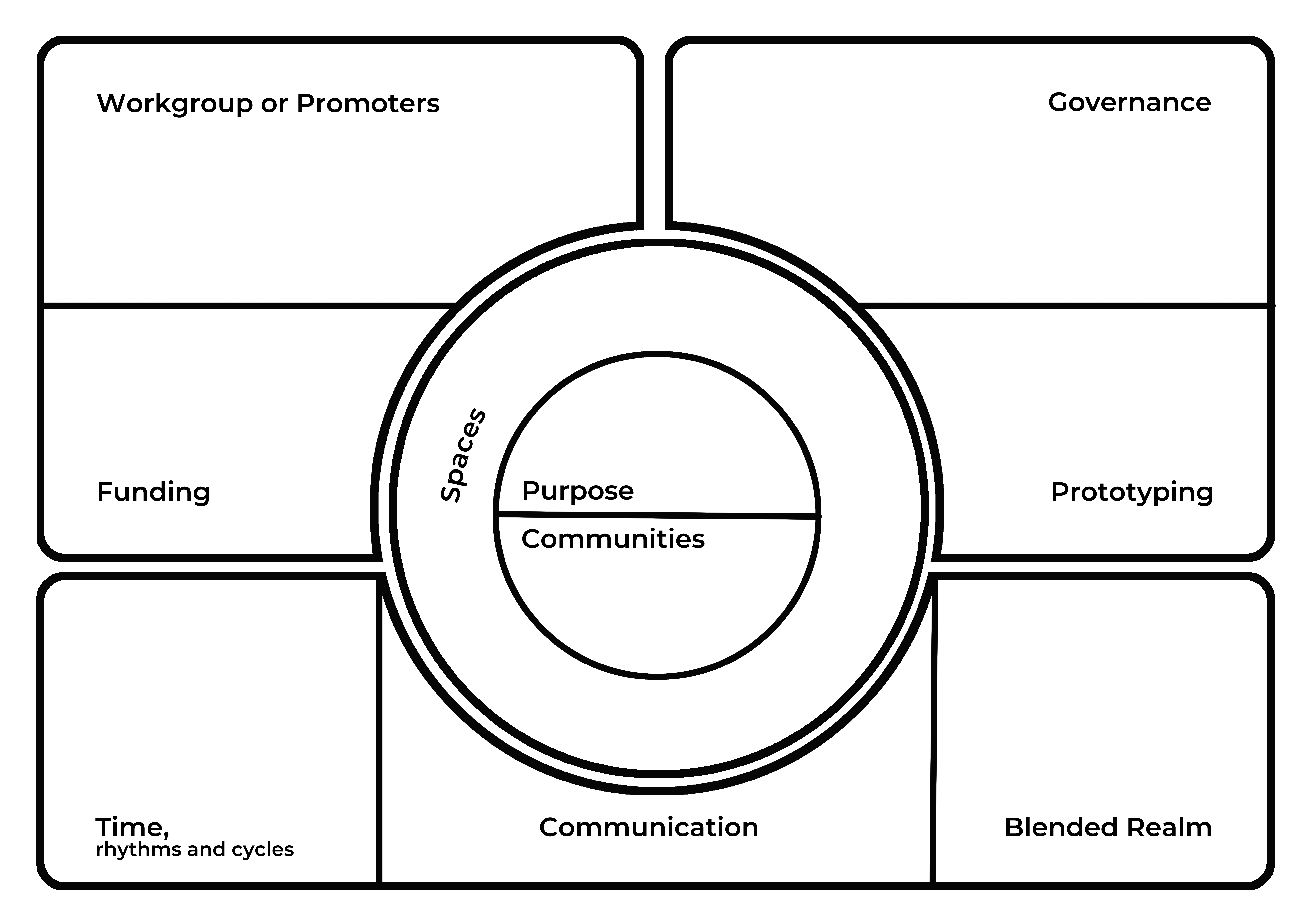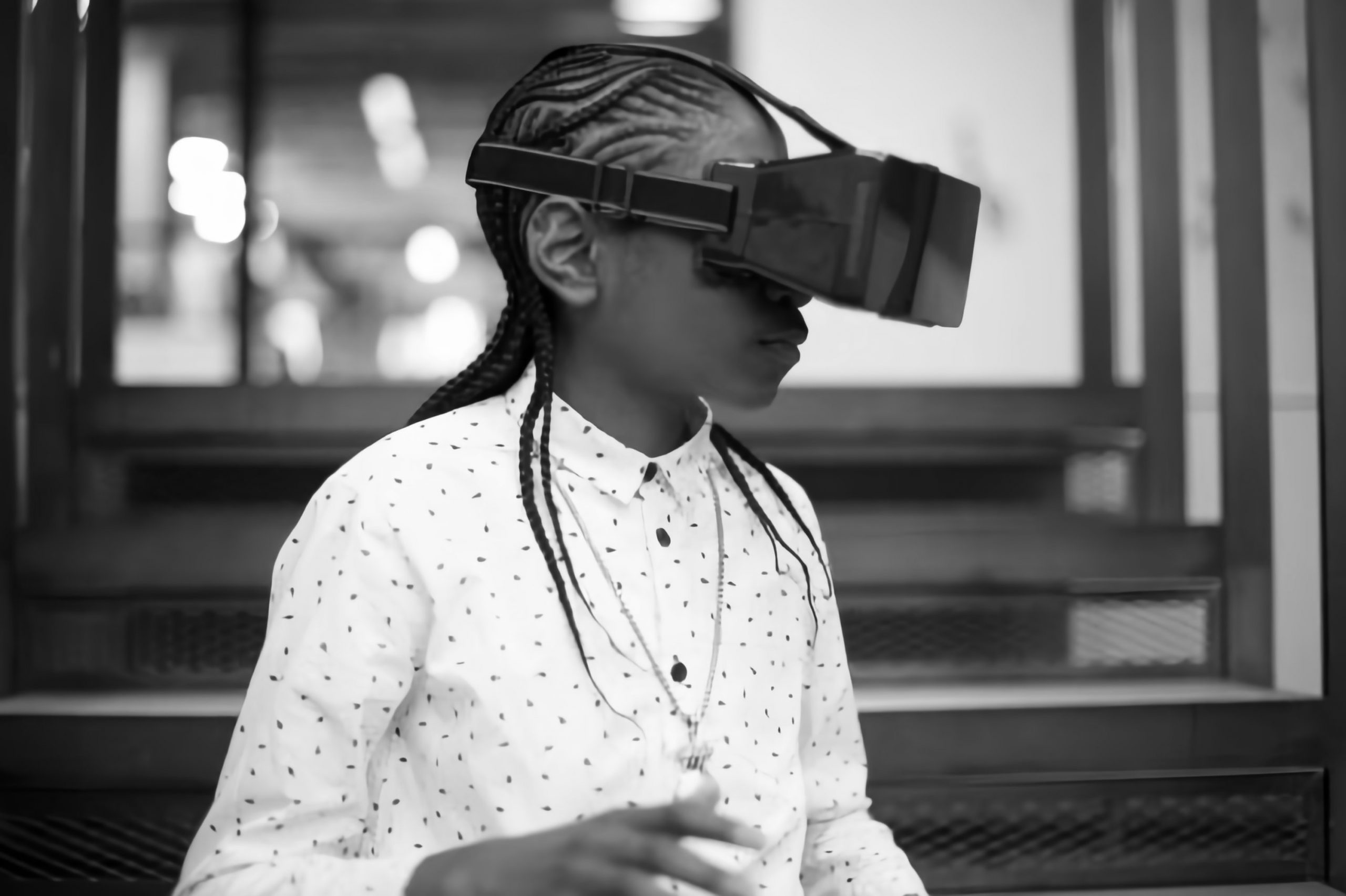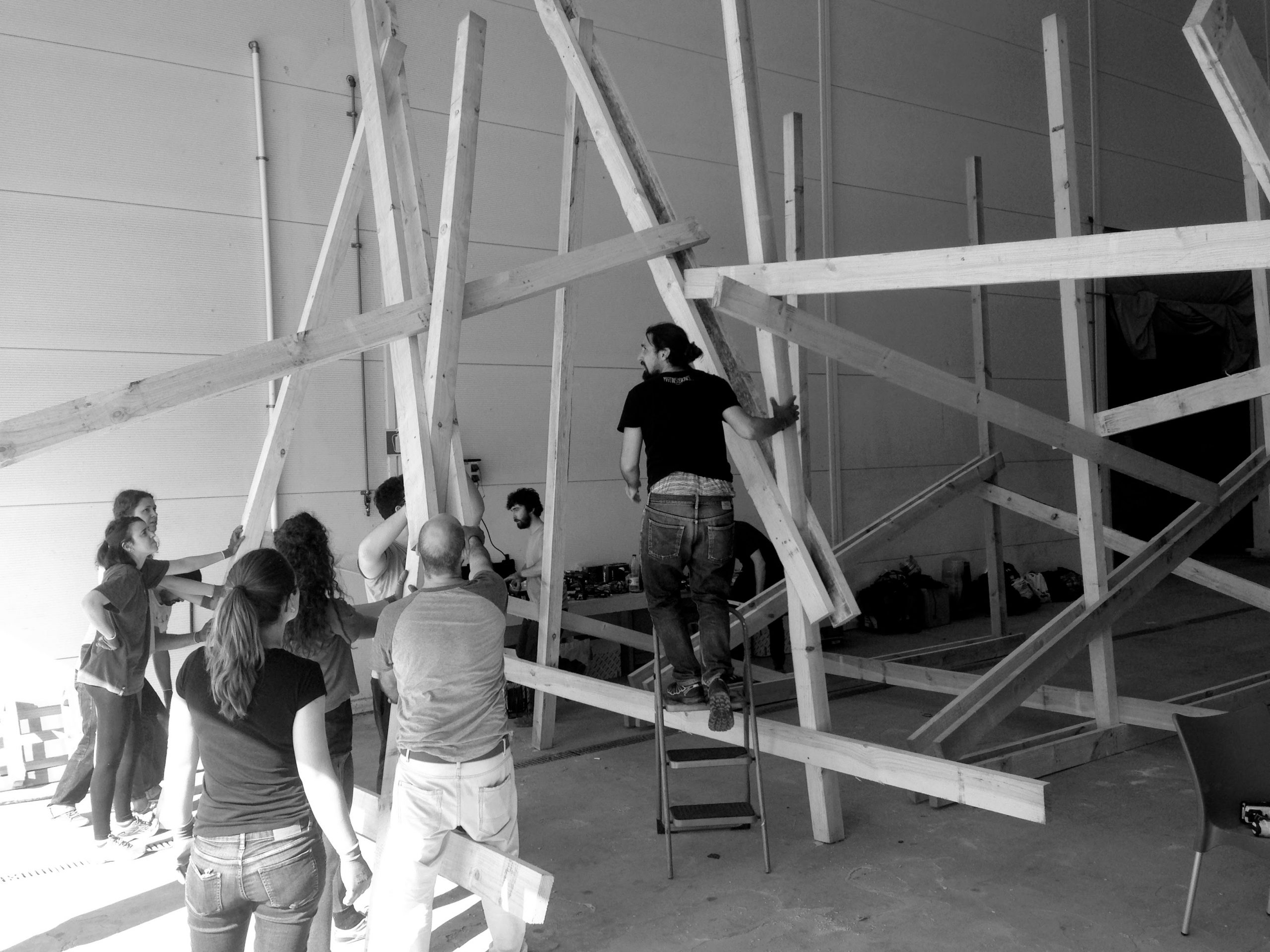Your cart is currently empty!

Collective Intelligence Canvas
I remember 10 years ago when I finally realised that my professional practice could have recognition and when in 2015 I discovered that it also has a name: Civic Design. Since then I “embraced” it and it has become my favourite label to describe my professional activity.
In 2018 I set myself the goal of synthesizing my experience to try to define some key elements that can define Civic Design. This is how an ebook is born that contains a description of this type of practice and proposes 3 tools that can help you in your projects.
The first one I have developed is the Collective Intelligence Canvas.
This is a collaborative planning tool that is used to engage the community in the process of decision-making and project development. It is based on the idea that by working together, members of a community can use their knowledge and skills to identify problems, share information and generate creative solutions.
It is important to underline that this tool allows designers to work with local stakeholders for a preliminary definition of what will then be a much broader participatory process that can be planned in detail with another tool that I will share with you later and that I call the Circular Process.
The process of using a Collective Intelligence Canvas is usually as follows:
- Stakeholder identification: different stakeholders and groups interested in the project are identified, such as residents, community leaders, representatives of non-governmental organisations, etc.
- Meeting: a meeting is organised where the first identified stakeholders meet to discuss the specific problem or challenge.
- Identification of problems: work as a team to identify the problems or challenges related to the project.
- Generation of first visions: creative thinking techniques are used to generate very embryonic solutions to the identified problem. The aim is not to solve everything, but to understand where things might go wrong.
- Action plan: an action plan is developed to implement the selected solution.
The collective intelligence canvas allows teamwork, the active participation of local actors and the generation of solutions that meet the needs and demands of the community; it is a key tool for developing citizen participation processes and building consensus.
To facilitate this process, you can use this canvas that includes the 10 most important elements to take into account.
1. Workgroup or Promoters Reflect on the people who activate and develop the process and on the dynamics, causes and context that have generated the process.
2. Purpose Reflect on the results to be achieved in the short, medium and long term.
3. People and Communities Reflect on the people, actors, communities affected and those we are going to involve in the process.
4. Communication and Documentation Reflect on the form, protocols and tools we will use to document and communicate internally and externally all the steps, events, activities, achievements and debates that shape the process.
5. Spaces Reflect on the physical spaces to be used for activities and events throughout the different phases and cycles of the process.
6. Physical-Digital Hybridisation Reflect on the complementarity between the digital and physical sphere for all the activities and strategies that make up the process in all its stages and cycles.
7. Times, rhythms and cycles Reflect on the times, rhythms and cycles that structure the activities and phases of the whole process.
8. Prototyping Reflect on the forms and activities that we will use to test the proposals that are developed during the process.
9. Funding Reflect on the financing of all the components, activities and people involved in the process.
10. Governance Reflect on the formats of organisation and coordination of people and activities in all phases of the process.






Post a comment